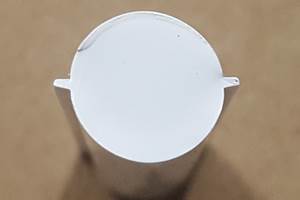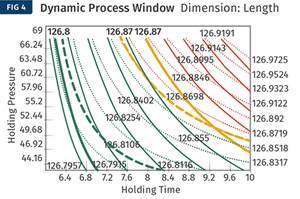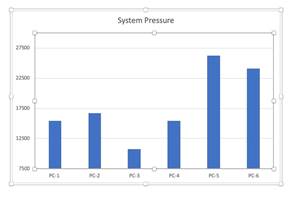‘Lean’ Versus Quality Management: They Don’t Have to Conflict
A 'Lean Compliance' system allows an organization to focus its lean initiatives in a way that also improves its quality management system.
Introducing lean “óĻó“«Ć½ practices can often add complications to a company that has in place a robust Quality Management System (QMS). Sometimes it inadvertently creates an environment where quality becomes the nemesis of lean, or vice versa. When a company is pressured into meeting tough compliance standards, reducing waste, and creating a lean work environment—all at the same time—it creates a lot of conflict within the organization.
Usually the people responsible for lean implementation are not the same ones responsible for QMS. This can create a power struggle between parties. Defining which is more important becomes a moving target for everyone else. When there is effective leadership, though, “lean compliance” can help top management mediate effectively and keep everyone focused on the same goal.
The intent of an ISO quality audit is to verify compliance and drive improvement. Driving too much improvement can actually backfire on a smaller organization, however.
When a company is growing, a quality auditor must challenge it to make sure the systems and controls they have in place are adequate to support their growing needs. When a company is not growing, and its systems and controls have matured to a point where there is little room to make improvements without creating an extra burden, then challenging that company to continue improving its systems would drain resources and produce little in return.
In other words, the quality systems have reached their point of diminishing returns. The company may consequently want to start focusing on lean initiatives independent of its QMS. However, this would require additional resources, since maintaining a robust, compliant quality management system is still resource intensive.
Rather than getting lean, some companies will hit a point where their energy is used to sugar-coat any vulnerable areas in order to deter an auditor and maintain compliance. Sometimes this annoys people and leads them to believe that the ISO systems do nothing more than create an extra burden of useless paperwork.
To help people focus on improvements with the greatest return, as president of ProMold Plastics in Portland, Conn. (), I developed a system called Lean Compliance. This system allows an organization to focus its lean initiatives in a way that also improves its quality management system. Lean compliance looks at all your QMS procedures and assesses each one, then determines a value for prioritizing which procedures need the most attention. The assessment is based upon the following properties:
•Compliance: How robust is the procedure? Can it withstand an audit without a problem?
•Efficiency: How efficient is this procedure? Does it rely on many people and take an extended amount of time to execute properly? Is it too dependent on one person to make sure it is executed properly, thereby creating a bottleneck?
•Effectiveness: How critical is this procedure to your operation? Is it creating as much value as it should for your organization? How important is it to your company’s success? Is it necessary to satisfy any of your customers’ requirements?
As a result of this process, ProMold so far has identified opportunities for eliminating waste in approximately 50% of its documentation and administration, allowing managers to put their focus back on product quality, throughput efficiency, and customer support.
EDITOR’S NOTE: This article was authored by Rick Puglielli, president of 45-year-old custom molder ProMold Plastics. In 2008 he completed the plant design and lean workflow layout for a new, 40,000-ft², “world-class” manufacturing facility.
Related Content
Where and How to Vent Injection Molds: Part 3
Questioning several “rules of thumb” about venting injection molds.
Read MoreOptimizing Pack & Hold Times for Hot-Runner & Valve-Gated Molds
Using scientific procedures will help you put an end to all that time-consuming trial and error. Part 1 of 2.
Read MoreHow to Achieve Simulation Success, Part 2: Material Characterization
Depending on whether or not your chosen material is in the simulation database — and sometimes even if it is — analysts will have some important choices to make and factors to be aware of. Learn them here.
Read MoreScaling New Heights With Vertical Integration
Eden Manufacturing was founded on a vision of vertical integration, adding advanced injection molding capabilities to a base of precision moldmaking and more recently bringing Swiss-type machining capabilities in-house.
Read MoreRead Next
People 4.0 – How to Get Buy-In from Your Staff for Industry 4.0 Systems
Implementing a production monitoring system as the foundation of a ‘smart factory’ is about integrating people with new technology as much as it is about integrating machines and computers. Here are tips from a company that has gone through the process.
Read MoreBeyond Prototypes: 8 Ways the Plastics Industry Is Using 3D Printing
Plastics processors are finding applications for 3D printing around the plant and across the supply chain. Here are 8 examples to look for at NPE2024.
Read More









